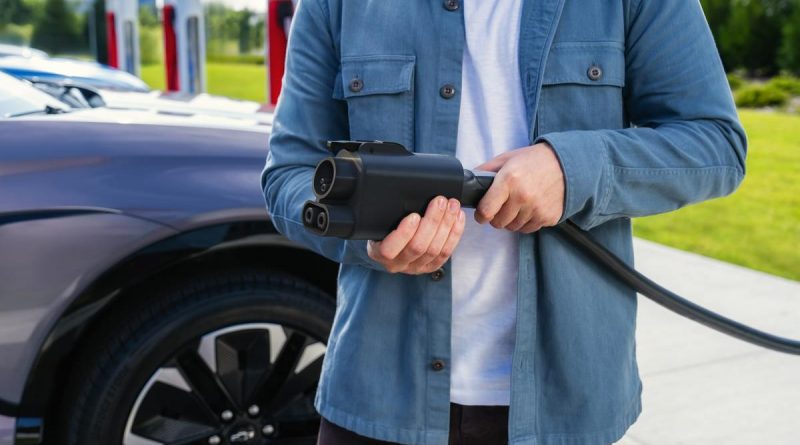Attention EV Owners: Get Ready for the Arrival of Dongles!
Nearly a year ago, GM launched an adapter allowing existing electric vehicles to use North American Charging Standard plugs at Tesla Supercharger stations, much to the joy of EV owners.
GM has now introduced three more adapters to help customers access EV chargers with different charging rates and standards. While this increases flexibility, it also complicates matters; households with two EVs might end up with four separate adapters.
A few years back, the majority of EV models in the U.S. adhered to the Combined Charging System (CCS) standard, with Tesla as a notable exception. In 2022, Tesla shared its charging connector and port design, now known as the North American Charging Standard (NACS), to encourage its adoption among automakers and network operators, aiming to establish it as the new norm in North America.
And that’s precisely what occurred. Today, nearly all automakers are providing adapters for access to Tesla Supercharger stations and are even incorporating the NACS design into their upcoming models.
“GM is fully committed to transitioning our entire EV portfolio to NACS,” remarked Tim Ash, director of hardware products for GM Energy, in a conversation with TechCrunch. “We believe that moving to this unified standard enhances the experience for our customers.”
However, this transition has resulted in a somewhat chaotic scenario — and an abundance of adapters.
Alongside the existing NACS-to-CCS adapter for fast charging, GM will release a NACS-to-J1772 adapter for Level 2 charging (J1772 relates to the CCS plug intended for slower charging speeds). Upcoming GM EVs equipped with NACS ports will also include a J1772-to-NACS adapter for Level 2 charging and a CCS-to-NACS dongle for fast charging.
TechCrunch event
San Francisco
|
October 27-29, 2025
The new adapters “ensure that EV drivers — regardless of their vehicle’s charging type — can access virtually any charging whenever necessary,” Ash noted.
This challenge isn’t limited to GM. For example, Hyundai is selling the 2025 Ioniq 5 EVs equipped with NACS, complete with two adapters: one for Level 2 and another for fast charging at CCS-equipped stations. This highlights that transitioning between EV charging standards will add layers of complexity to public charging before improvements are realized.
Currently, most charging sessions are unlikely to cause confusion, as most EV charging occurs at home or work, where the chargers are relatively consistent.
However, public charging situations can quickly escalate into complications. Drivers should consider keeping adapters in their vehicles to avoid feeling stranded or inconvenienced. Those with incompatible chargers at home may opt to purchase duplicates for convenience, although most adapters are priced above $200.
Automakers aren’t the only ones to blame for the proliferation of adapters.
CCS and NACS have enough similarities that straightforward dongles can function across both charging speeds, but they also differ in significant ways that complicate simplification. For NACS, electricity flows through two large pins regardless of charging speed, while CCS utilizes one set of pins for Level 2 speeds and another for fast charging. Consolidating Level 2 and fast-charging capabilities in a single charger would likely require power electronics that could significantly raise costs.
Controversies over new plug standards are not a novel issue. Apple has marketed iPhones with three different connector types, even before the iconic device reaches its 20th anniversary.
Nonetheless, the pace of change in consumer electronics is much faster compared to the automotive sector, and costs are significantly lower. The average smartphone owner spends between $500 and $1,000 and upgrades every two to three years. Dongles can be acquired for roughly $30. Your 12-year-old iPhone 4’s 30-pin dock cable? It’s long gone.
Conversely, the average car or light truck is not as easily replaced. Prices have escalated to nearly $50,000 for new vehicles, contributing to the reality that the average vehicle on U.S. roads is over 12 years old.
While automakers have initiated this transition, they don’t seem in a rush to complete it. So far, GM has confirmed only two EV models that will adopt the NACS charging standard: the 2026 Cadillac Optiq and the 2027 Chevrolet Bolt. The company has not indicated a timeline for migrating its remaining 12 EV models to the new standard.
In conclusion, prepare yourself for the adapters. As Ash acknowledged, “this transition will take time.”



